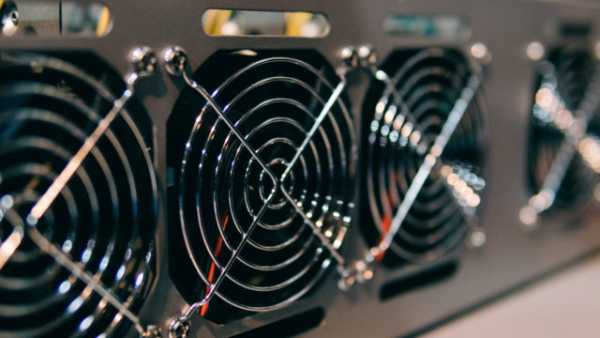How a Shipping Container and Bitcoin Saved a Stranded African Hydro Project

What happens when a rural community in Africa produces more electricity than it can consume? Can Bitcoin miners turn excess hydropower into a source of financial support for local economic revival?
Table of contents
- Zengamina's Fading Vision Finds a Spark
- Meshless installations offer a plug and play solution
- The fine line between empowerment and burden
- Is this model scalable?
Zengamina's Fading Vision Finds a Spark
In the remote Ikelenge region of northwestern Zambia, a small hydroelectric power station quietly produces more electricity than the local villages can consume.
Established in the early 2010s with $3 million in philanthropic funding, the 1 MW Zengamina was never intended to be a commercial venture. Its goal was to provide electricity to a rural hospital, homes and schools, and support the foundations of local development.
However, for many years, much of this electricity remained unused. With a population of about 15,000 and minimal commercial or industrial activity, the community had no infrastructure to absorb the excess.
As a result, more than half of the electricity produced was regularly dumped back into the river, effectively wasted.
By 2022, the project was facing mounting challenges. Planned expansion was stalled, revenues had fallen below breakeven, and the dream of greater access to energy was fading. Then a new partner came along with an unconventional solution.
Gridless, a Nairobi-based Bitcoin (BTC) mining startup, has installed a mobile rig at the Zengamina site, which consists of a shipping container with 120 ASIC miners.
The device, which is connected directly to the local mini-grid, operates around the clock, using excess energy that would otherwise go unused. In the process, it converts the stored electricity into a stream of bitcoins.
At current market rates, each machine earns about $5 per day, though profitability can fluctuate depending on the price of Bitcoin and mining difficulty. Gridless shares some of that income with the hydroelectric plant, which now accounts for about a third of Zengamina’s total revenue.
This financial incentive has had a tangible impact. Electricity rates have dropped, new households have connected, and the plant is now operating closer to its full capacity, serving the community more efficiently than before.
However, there is a broader question: is this a one-off success, or could this model offer a scalable path for rural electrification in regions lacking traditional economic incentives? Let's find out.
Meshless installations offer a plug and play solution
Zengamina is not alone. Across sub-Saharan Africa, small-scale energy projects often face the same problem: lots of power, but not enough people to use it.
Mini-grids, typically built with donor funding or development grants, often do not operate at full capacity not because they cannot generate electricity, but because there is no industrial sector to consume it.
According to the African Mini-Grid Developers Association, more than 65% of such systems remain commercially unviable and are supported by subsidies, carbon credits or philanthropic funds.
Gridless aims to make this model work without external lifelines. The company has installed mobile mining rigs at six hydroelectric power plants in Kenya, Malawi, and Zambia — each chosen for its ability to produce clean energy in low-demand areas — to power the infrastructure itself.
Mining rigs act as a financial shock absorber: they operate continuously, regardless of when and how much electricity the local population consumes, and from day one they convert energy that would otherwise be lost into income.
At Zengamina, the results were immediate. With a stable customer in place, the plant expanded its coverage, lowered its rates, and increased service to new areas of the community.
Small businesses, including hair salons, shops and internet cafes, have been open longer. Internet connections have improved. Access to electricity has gone from symbolic to functional.
It’s important to note that this arrangement was never intended to be permanent. Gridless sees itself as a temporary player. As demand from households and businesses grows, its role will diminish.
Zengamina hopes to connect to Zambia’s national grid within the next year, which would open the door to better rates through partnerships with utilities. When that happens, the mining rig will be dismantled and Gridless will be rerouted elsewhere.
The fine line between empowerment and burden
Gridless is currently searching
Source: cryptonews.net



